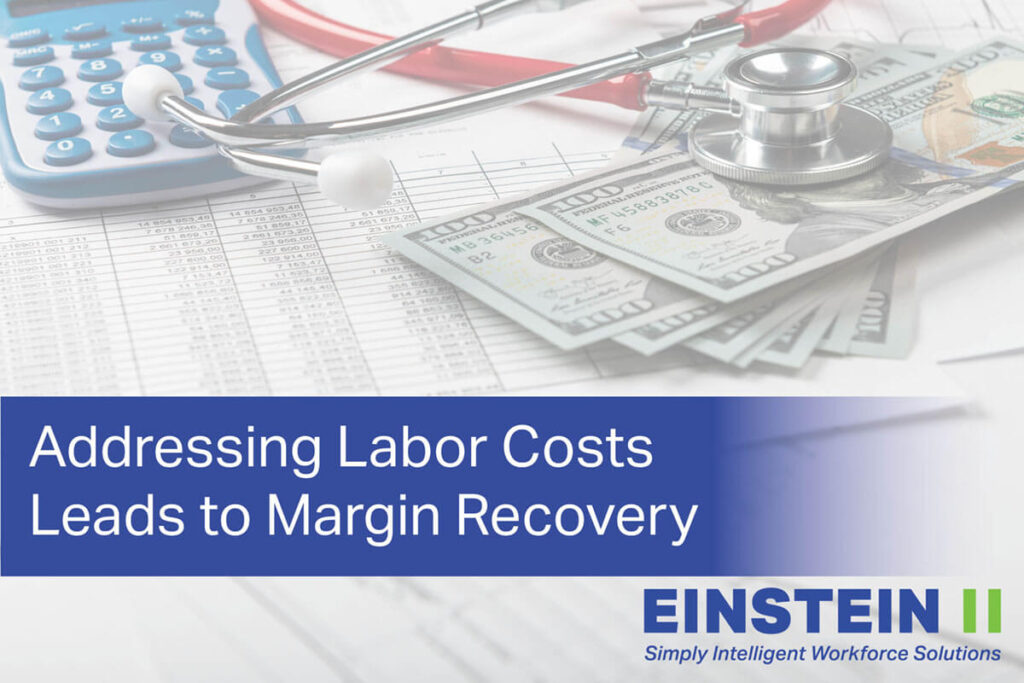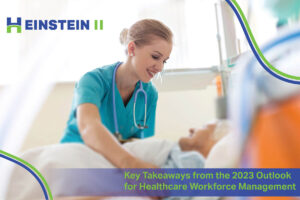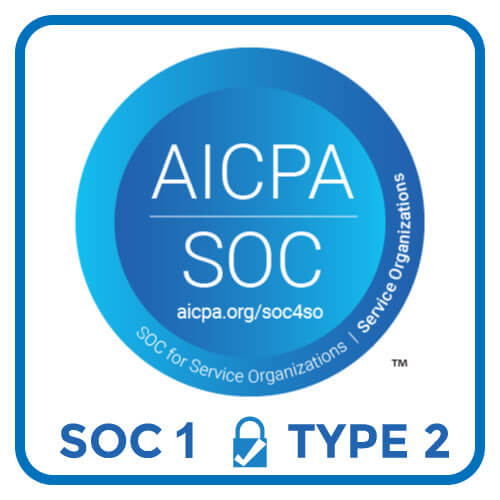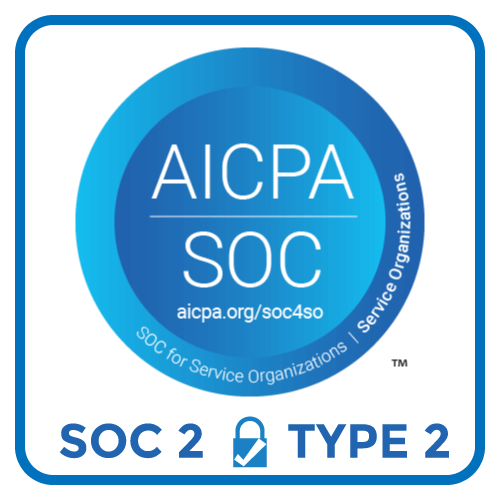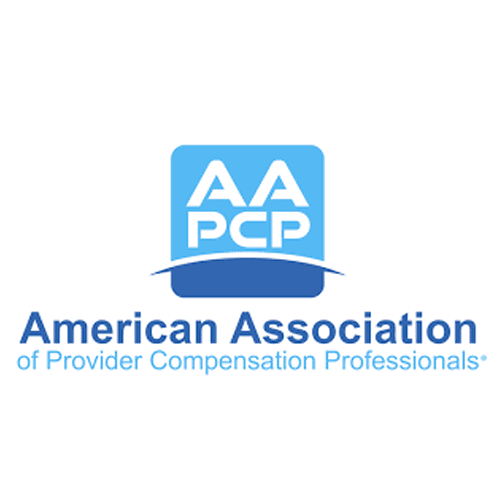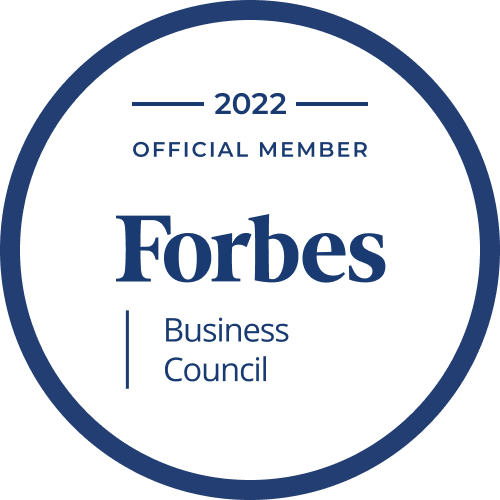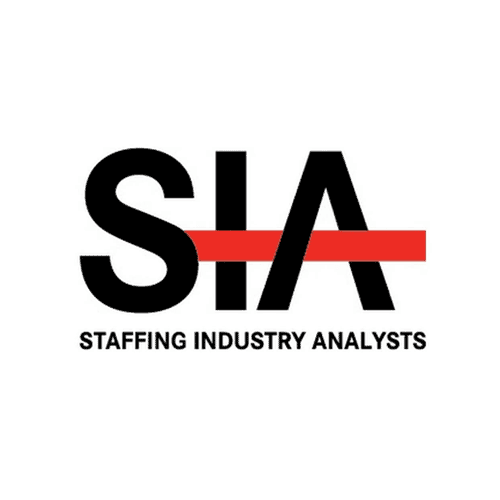Hospital operating margins are far too low right now. Most have steadily declined since the pandemic began, and the American Hospital Association projects 2022 margins will be 37% below pre-pandemic levels. More than half of all hospitals (53%) are expected to have negative margins in 2022, despite the revenue recovery we’ve seen this year. Expenses have simply risen faster, putting operating margins in distress.
Labor is the largest expense for most healthcare organizations. Median labor expenses rose 37% between 2019 and Q1 2022, increasing from $4,009 to $5,494 per adjusted discharge – and because that’s the median, the unfortunate truth is that many hospitals faced even steeper increases.
Given how hospital reimbursement models work today, there’s no room for hospitals to sustain labor costs that high, and most are urgently looking for ways to recover margin.
“The reality is we may not get all the way back to pre-pandemic labor expenses, but they don’t have to be as high as they are now, and we don’t have to sacrifice beds or service lines to right the ship,” says Einstein II’s Matt Dane. “Instead, we can target sane and sustainable labor rates by rethinking labor supply and sourcing.”
Address the root cause, not just the symptoms.
Unsustainable labor costs can be consistently traced back to one factor: over-reliance on contract labor. In recent years, contract labor increased tenfold in its percentage of total labor hours, from 1% to 11% between 2019 and early 2022.
“When you procure resources through travel agencies, you pay a markup,” says Dane. He cites the steep increase in hourly wage rates for travel nurses as an example: In 2019, the median hourly wage rate for a contract nurse was $64. By the beginning of 2022, it had more than doubled to $132.
These exorbitant rate increases are the core catalyst behind the dire stresses we’re seeing now on hospital margins – so today’s hospitals are getting creative – and desperate – to find ways to bring down the cost of labor.
Closing beds and reducing services is not the answer.
“The primary tactic we’re seeing to deal with rising costs is to decrease hospital capacity – which in turn reduces the number of nurses needed,” says Dane, who strongly advises against this approach. “Reducing services due to labor issues is a short-term bandage on a deeper wound, and it can easily backfire.”
That’s because closing a hospital bed impacts every other department, including procedural areas like radiology, cath lab, surgery, and more. Dane estimates that those procedural services typically produce 60% or more of a hospital’s revenue. So, reducing beds will save costs,, but it will also cap revenue, causing even greater financial burdens.
Closures also damage recruitment efforts and physician relationships. Clinicians aren’t going to sign up to work for an organization that seems to be limiting resources and can’t guarantee work hours. Furthermore, bed closures can negatively impact relationships with the physicians who are both employed by the hospital or have privileges with the hospital. The reduced capacity may lead them to pursue relationships with other facilities.
The smarter option: Creating an internal agency
Attracting clinicians into the organization without the markup from paying a staffing agency – that’s the better path back to healthy operating margins.
We’ll let you in on a little secret: The labor shortage in healthcare is at least somewhat overstated. While healthcare organizations were losing a sizeable portion of their clinical workforce, the travel nurse community was growing dramatically, with a 120% increase in job postings for contract or travel nurses between January 2019 and January 2022. In many cases, the “Great Resignation” was actually just a “Great Relocation” – a movement away from core hospital employment into agency employment.
“That means the clinicians are out there,” says Dane. “They’re just working for the travel agencies, and now you have to attract them back.”
Getting them back starts with looking at why they left. Clinicians, particularly nurses, learned very quickly during the pandemic that there are more flexible work options out there, options that give them more control over their scheduling and work experience. Creating new, modernized employment models – such as the internal agency model – will appeal to them.
Hospitals that offer a more innovative work model can reap enormous financial rewards. “What we like about the internal agency is the savings it brings us compared to going to that external market,” says the Senior Vice President of Operations for Norton Healthcare. “On average, we’re saving $30 to $40 an hour.”
From there, the main issue is figuring out how to execute and operationalize those new models. “Post-pandemic, most healthcare organizations don’t yet have their arms around the labor sourcing process,” Dane explains.
Technology is key. It’s prohibitively difficult to operationalize a complex new model using spreadsheets and phone calls. “If not for our workforce management platform [Einstein II], there’s no way I could maintain what I do and how I do it,” says the director of one system’s nursing float pool program.
It’s about options – offering something for everyone
Ultimately, the best way to return your operating margins to sustainable levels is to avoid excessive reliance on external labor procurement. Your core FT/PT employment models do not need to go away entirely, says Dane, but rather, “They should become just one of several options offered by your organization.”
Special thanks to our blog contributor, Matt Dane, DNP, MBA, RN. As Vice President of Business Development for Einstein II, Matt leads market expansion by providing health systems and hospitals with a total contingent workforce management system. Matt brings nearly two decades of nursing experience to his position, serving 13 of those years in nurse leadership roles. Prior to joining the Einstein II senior leadership team, he served as the Chief Nursing Officer at Baptist Inpatient Rehabilitation Hospital in Memphis, TN, and Associate Chief Nursing Officer at Baptist Memorial Hospital Memphis, where he was instrumental in the successful implementation of Einstein II to meet staffing demands and drive down premium labor costs.
To further explore ways to reduce your labor costs and hire the nurses you need, contact Matt at matt.dane@hallmarkhcs.com or visit Einstein II online and request a demonstration.

